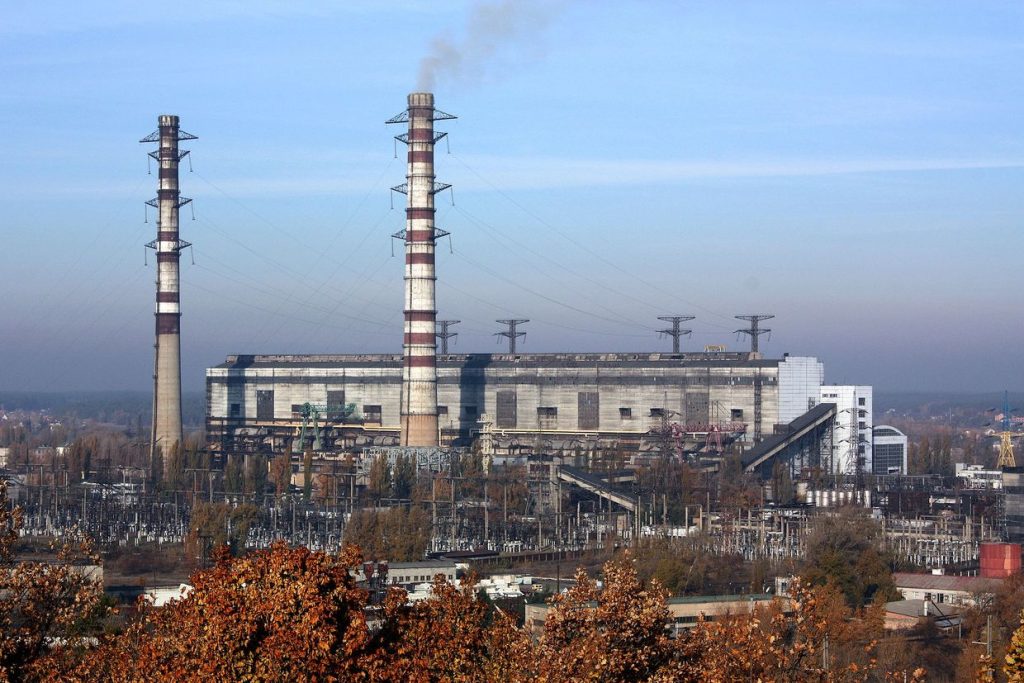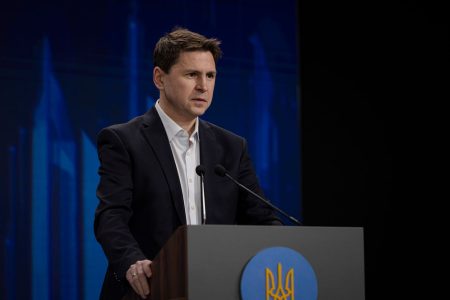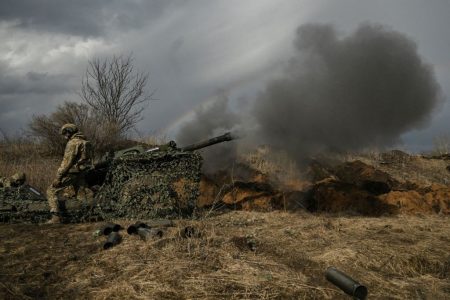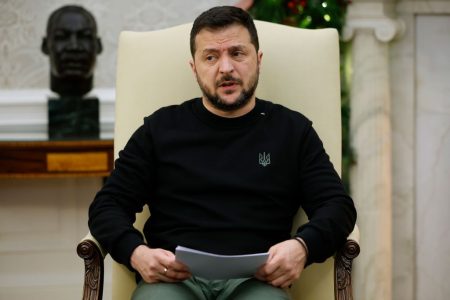Russian forces launched a large-scale aerial attack across Ukraine on April 11, targeting critical infrastructure in multiple regions. The attacks damaged energy facilities in Kharkiv, Kyiv, Zaporizhzhia, Odesa, and Lviv oblasts, leading to significant destruction and loss of generating capacity. Explosions were reported in various cities, with Kharkiv being struck at least 10 times, causing damage to critical infrastructure. No casualties were initially reported, but the attacks highlighted the continued aggression of the Russian forces in the region.
In response to the escalating conflict, Ukraine’s parliament passed an updated mobilization bill in its second reading on April 11. This bill is a key component of the efforts by Ukrainian political and military leadership to update the legal framework around conscription in order to ramp up mobilization in 2024. The bill includes provisions such as the right of disabled soldiers and those who have returned from captivity to discharge themselves, as well as penalties for draft dodgers. The removal of demobilization provisions from the bill came at the request of Commander-in-Chief Oleksandr Syrskyi, indicating a focused effort to strengthen military readiness in the face of ongoing threats.
The ongoing conflict has caused significant damages to Ukrainian cities, with Mykolaiv Mayor Oleksandr Senkevych reporting at least $2.9 billion in damages to the city. The destruction caused by Russian attacks continues to increase, impacting both infrastructure and the population. The estimated cost of post-war recovery and reconstruction for the whole of Ukraine has risen to $486 billion over a 10-year period. The slow down in military aid from the West has raised concerns about potential Russian offensives, highlighting the need for continued support to ensure the safety and protection of Ukrainian citizens.
In a tragic development, a Russian attack on Mykolaiv on April 11 resulted in the deaths of four people and injuries to five more. The military reported significant damage to residential buildings, industrial facilities, and vehicles in the city, underscoring the ongoing threat posed by Russian forces. Additionally, the death toll from a previous Russian missile strike against Odesa Oblast on April 10 rose to five after an injured man passed away in the hospital. These incidents highlight the continued violence and destruction caused by the conflict, necessitating a unified response to protect Ukrainian citizens.
The Ground Forces also saw a reassignment of key military officials, with the heads of the Southern and Eastern Operational Commands being reassigned to new posts. Major General Hennadii Shapovalov and Brigade General Volodymyr Shvediuk were appointed to lead the Southern and Eastern commands, respectively, indicating a strategic shift in military leadership. These changes come amidst a period of intense conflict and the need for effective command structures to respond to evolving threats on the ground.
Amidst these developments, General Oleksandr Syrskyi emerged as Ukraine’s new Chief Commander, replacing Valerii Zaluzhnyi. The appointment of Syrskyi comes after reports of a rift in Ukraine’s political and military leadership, highlighting the need for unified command in the face of the ongoing conflict. Syrskyi’s experience in combat operations and peacekeeping missions positions him as a key leader in Ukraine’s military response to Russian aggression, signaling a new chapter in the country’s defense strategy. The appointment of Syrskyi reflects a concerted effort to strengthen military readiness and coordination to protect Ukraine’s sovereignty and ensure the safety of its citizens.















